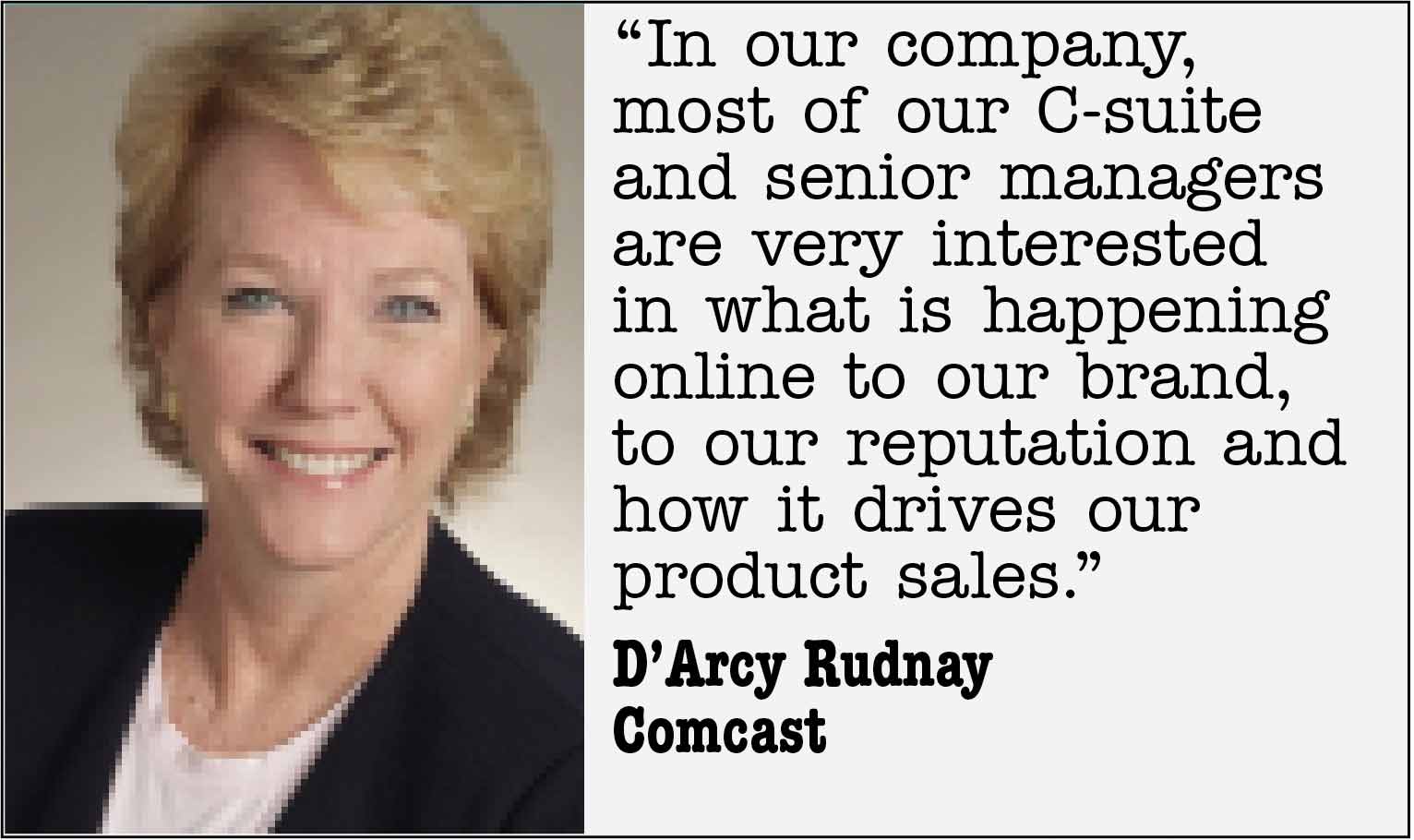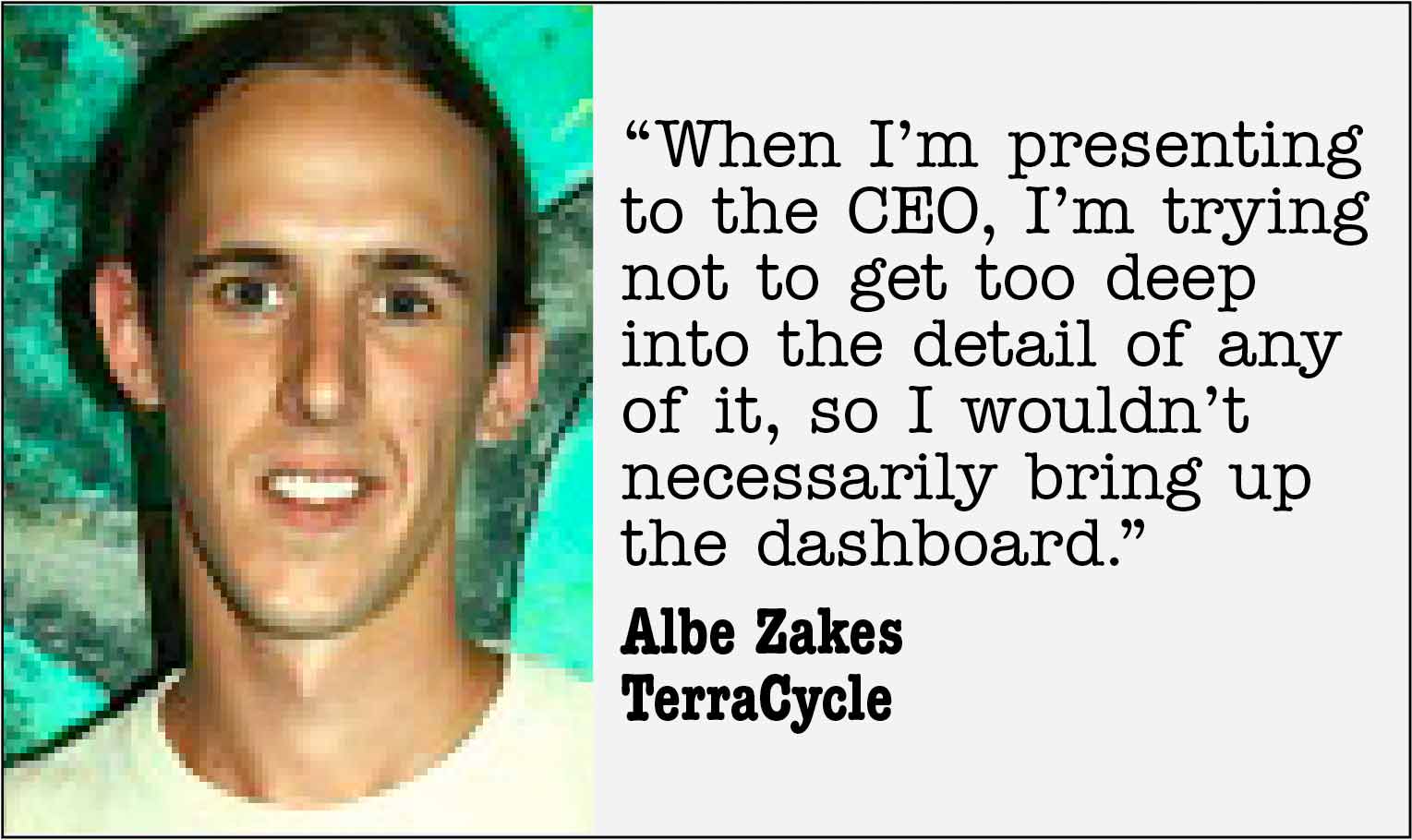Your CEO isn’t on LinkedIn, Facebook or Twitter and refuses to participate in your company’s blog—yet wants proof that the company’s social media efforts are paying off. For PR pros, telling the social story to an anti-social CEO is easier today than it was five years ago, but still has some pitfalls. Even the most digitally savvy CEOs can focus on the wrong metrics.
The spectacular indifference of the country’s top CEOs to personal profiles and involvement with social media might seem like a high hurdle. The 2012 Fortune 500 Social CEO Index, recently released by CEO.com and Domo, documented the abysmal participation rates of CEOs on Facebook, Google+, LinkedIn, Pinterest and Twitter. For example, only 19 CEOs in the top 500 have Twitter accounts, and five have never tweeted, according to the report. Just 129 top-500 CEOs (25.9%) have LinkedIn profiles; of those, 53 have fewer than 10 connections.
But that doesn’t mean senior executives don’t “get” social media. “Social media certainly comes up at the C-level all the time within our firm,” says Steve Copertino, director of U.S. digital marketing and social media at KPMG, the U.S. arm of the global audit, tax and advisory firm. “They ask about it all the time. We report regularly through our chief marketing officer and our chief communications officer on our progress in terms of social media and exactly what we’re doing.”
ENGAGING THE CEO
Company culture may dictate what they want to know. In a cable services company with millions of customers, for example, reputation management and customer care are major focal points. For a global business services company that deals in thought leadership and months-long sales cycles, social media engages clients and potential clients all through the purchase funnel. And for an eco-friendly recycler that signs up “Brigades” around the country to collect and send in waste, the mission of social media is to spread the word about the company.
 |
“In our company, most of our C-suite and senior managers are very interested in what is happening online to our brand, to our reputation and how it drives our product sales,” says D’Arcy Rudnay, chief communications officer at Comcast. But in the end, she adds, “It depends how digitally connected a CEO is. That will help determine how interested they are and how much information they want.”
Comcast has been active in social media since 2006, Rudnay says. The company really became aggressive five years ago, in response to “a number of very negative conversations going on online” among some unhappy customers. “That was really the impetus for us getting very involved from a customer-care standpoint.” After months testing an aggressive online customer care program, the comments began to change. “Our CEO was very supportive. He just said, ‘Go do it, try it, see what happens,’” Rudnay says.
SOCIAL METRICS THAT MATTER
Of course, everyone has their own idea of what’s important. At KPMG, the management committee wants to know how many followers the firm has on its profiles, the volume, sentiment, shares and downloads as a gauge for the effectiveness of the content. “The other thing that comes up on a regular basis is integration of social media on our Web properties,” Copertino adds. “That’s something they like to stay up to speed on, because if content is being shared by many people, that’s a strong indication of interest. That’s a very important metric and we’re keeping close track of it on a regular basis.”
 |
Even digitally savvy CEOs can focus on the wrong metrics. At age 19, the founder and CEO of TerraCycle dropped out of Princeton to run the company full time, in 2003. But as Albe Zakes, global VP of media relations at the company, recalls, “He wanted a million Facebook fans in the early days, around 2008, 2009. We’ve since won him over to focus on the engagement levels versus the number of followers.”
But most of all, the CEO wants to see growth in TerraCycle’s social networks. “We focus on the engagement, but at the same time our CEO always wants to see growth. It doesn’t have to be exponential growth, but we want to see that we’re picking up a couple of hundred followers each week,” Zakes says.
KEEP IT SHORT AND SWEET
Dashboards are a great way to capture digital metrics, but the tons of data they serve up is probably best kept out of the boardroom. And social media data is just one part of a larger story. “The dashboards most digital marketing departments like mine use will not be exclusive to social media,” Copertino says. “They’ll be very busy dashboards that have a component of social media in them.”
Consider that the CEO already sees tons of data every day.
“When I’m presenting to the CEO, I’m trying not to get too deep into the detail of any of it, so I wouldn’t necessarily bring up the dashboard,” agrees Zakes. “That’s what I want my community manager to show me, so that I totally understand and I’m able to explain it to my CEO in simple words.”
The CEO is the big-picture guy, so PR pros need to keep social media metrics in their place. Social media doesn’t drive the business, but provides valuable insights into where a company stands with its customers and competitors—and where it should be headed. That’s the value communications professionals bring to the table. PRN
[For more articles on measurement and social media, visit the PR News Subscriber Resource Center.]
CONTACT:
Steve Copertino, [email protected]; D’Arcy Rudnay, [email protected]; Albe Zakes, [email protected]. This article was written by Lisa E. Phillips.
